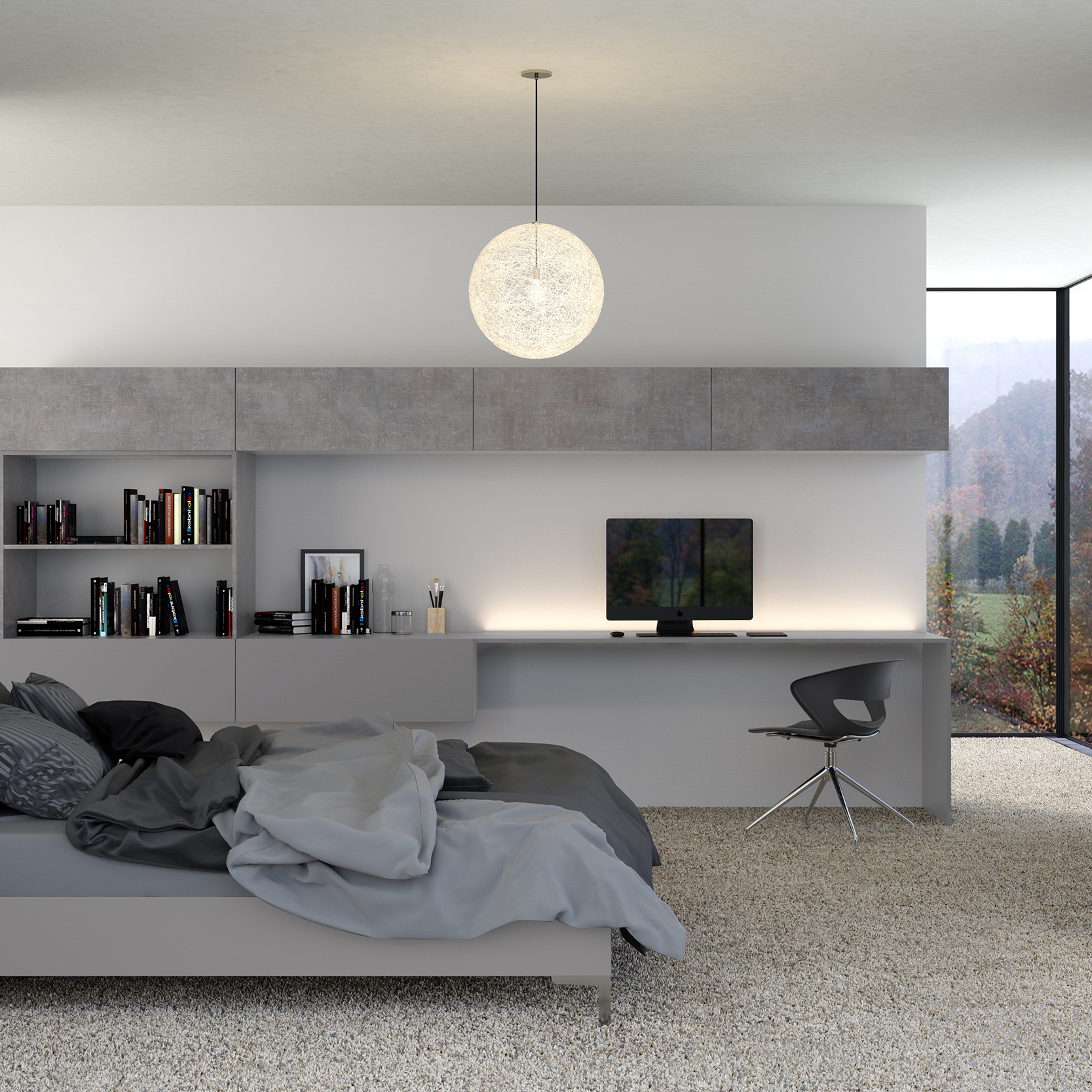
Whether you’re shopping for pendant lights for your kitchen island or to replace the ceiling light in your dining room, it’s important to determine how many lumens are needed to illuminate your space. The right amount of lumens can make your home feel brighter and more welcoming, while too few can leave the room feeling dim and dreary. In addition to the number of lumens, it’s important to consider the type of bulbs and the height at which you want your pendant to hang to ensure it provides sufficient illumination for your space.
Lumens are a unit of measure for brightness, and the higher the lumen rating, the brighter the fixture will be. Lighting experts will run calculations to gauge how much light a space needs, but regular Joe’s don’t have to go that far. The best way to gauge how much light a space requires is to calculate the square footage in feet, then multiply that by the recommended number of foot candles per square foot. For example, a sitting room will require 20 foot candles per square foot, while kitchens and bathrooms will typically need 40 foot candles or more.
The resulting number will help you figure out how much light your space needs, and from there you can begin to determine the best size pendant light Ccovv for your needs. Keep in mind that there are several types of pendant lighting available, including single-light, multi-light, and cluster-pendants. While single-light pendants are a good option for kitchen islands or over tables, multiple-light and cluster-pendants provide more ample lighting for larger spaces and can be used to create dramatic focal points in dining rooms or living rooms.
In general, you’ll need 30-40 lumens per square foot (or 300-400 lumens per square meter) for ambient or general lighting. Ambient lighting creates a comfortable level of overall visibility in the space and can be accomplished with ceiling lights, wall-mounted fixtures like sconces, or recessed lighting. For more specific tasks, such as reading or cooking, task lighting will be necessary and requires a greater amount of lumens than ambient light.
The final step is to take into account the energy efficiency of your light sources. LED bulbs, for example, often produce more lumens per watt than traditional incandescent bulbs. You’ll also want to consult the manufacturer’s specifications for any additional details that may affect the light output of your chosen bulb or fixture.

